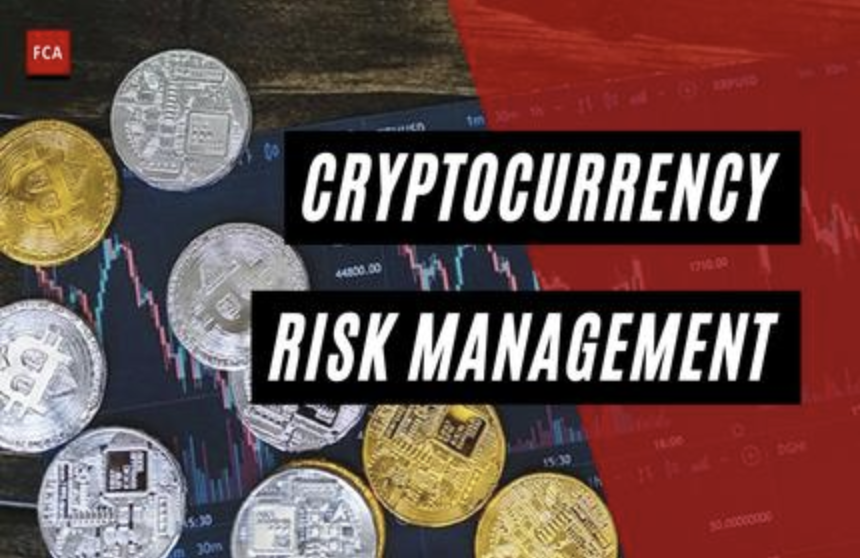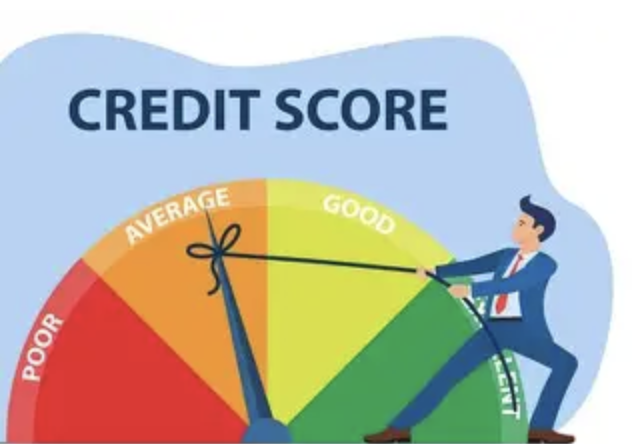Crypto Assets: Assess Risk & Return
For those with significant wealth, cryptocurrency holdings are more than mere speculative coins—they represent a sophisticated category of assets that requires a detailed analysis of risk and return. In contrast to equities or fixed income, the worth of cryptocurrencies depends on technology developments, regulatory frameworks, and public perception, rendering conventional evaluation methods inadequate. To approach this domain intelligently, one must go past mere price trends and investigate the elements that fundamentally influence long-term opportunities and challenges.

Evaluate the Protocol’s Real-World Utility
Avoid tokens associated with ambiguous “blockchain revolution” claims. Evaluate whether the protocol addresses a genuine issue: Does it improve international payments (like XRP) or facilitate decentralized finance (DeFi) lending (akin to Ethereum)? Seek out vibrant developer communities and collaborations with reputable organizations—these indicate ongoing usefulness. A token that has practical uses is more likely to endure market downturns than one simply driven by excitement.
Regulation poses the most unpredictable challenge in crypto. Investigate how the asset is categorized in key regions (for instance, security versus commodity in the United States). Tokens that comply with current laws (like Bitcoin, which is typically considered a commodity) encounter less regulatory exposure than unregistered securities. Additionally, stay alert to changes in legislation—new regulations regarding taxation or trading might diminish returns quickly. Emphasize assets that have transparent regulatory frameworks to lessen the chance of unforeseen disturbances.
Evaluate Network Decentralization and Security
Centralized systems increase risk. A cryptocurrency managed by a single entity or a small number of miners faces threats from hacks or manipulations. Investigate the distribution of the network's nodes—more nodes signify better decentralization. Furthermore, analyze historical security incidents: Has this protocol experienced breaches, and how swiftly were they addressed? Assets that exhibit strong, decentralized security (like Bitcoin’s proof-of-work) offer more resilience than those with weak frameworks, safeguarding your investment against technical disruptions.

Assess Liquidity and Market Robustness
Wealthy investors need to withdraw from positions without destabilizing prices. Prioritize tokens that are traded on major exchanges with significant 24-hour trading volumes (for example, Bitcoin, Ethereum). Steer clear of illiquid “altcoins” where a single large sell-off can trigger substantial price declines of 50% or more. Additionally, examine the order book depth—healthy bid-ask spreads reveal consistent market demand, thus lowering the risk of slippage when executing large trades.
Due to its volatility, crypto acts as a diversifier within a portfolio rather than a primary investment. Designate 3-5% of your liquid assets to cryptocurrencies—sufficient to leverage potential gains (such as Bitcoin’s surge during 2020-2021) without jeopardizing overall wealth in the event of price declines. Combine crypto with traditional safeguards: gold or Treasury bonds, which frequently appreciate when cryptocurrencies fall. This strategy enables you to harness crypto's growth possibilities while cushioning against its wild fluctuations.
Consider Long-Term Adoption Trends
The potential for returns is heavily reliant on widespread acceptance. Monitor indicators such as user growth (for instance, the count of active wallets) and business recognition (for example, integration of crypto by PayPal). Assets embraced by companies or government entities (like central bank digital currencies, but not private cryptocurrencies) have more defined trajectories for growth. Avoid tokens with stagnant user numbers—adoption is the key factor driving long-term value, rather than transient market behaviors.

Evaluating the risks and returns of cryptocurrencies necessitates thorough research beyond casual involvement. For affluent individuals, the challenge lies in distinguishing genuine technological advancements from speculative distractions. By emphasizing utility, regulation, security, liquidity, portfolio diversification, and adoption, you can unlock crypto's growth potential while safeguarding your wealth from its distinct hazards.
(Writer:Lany)




